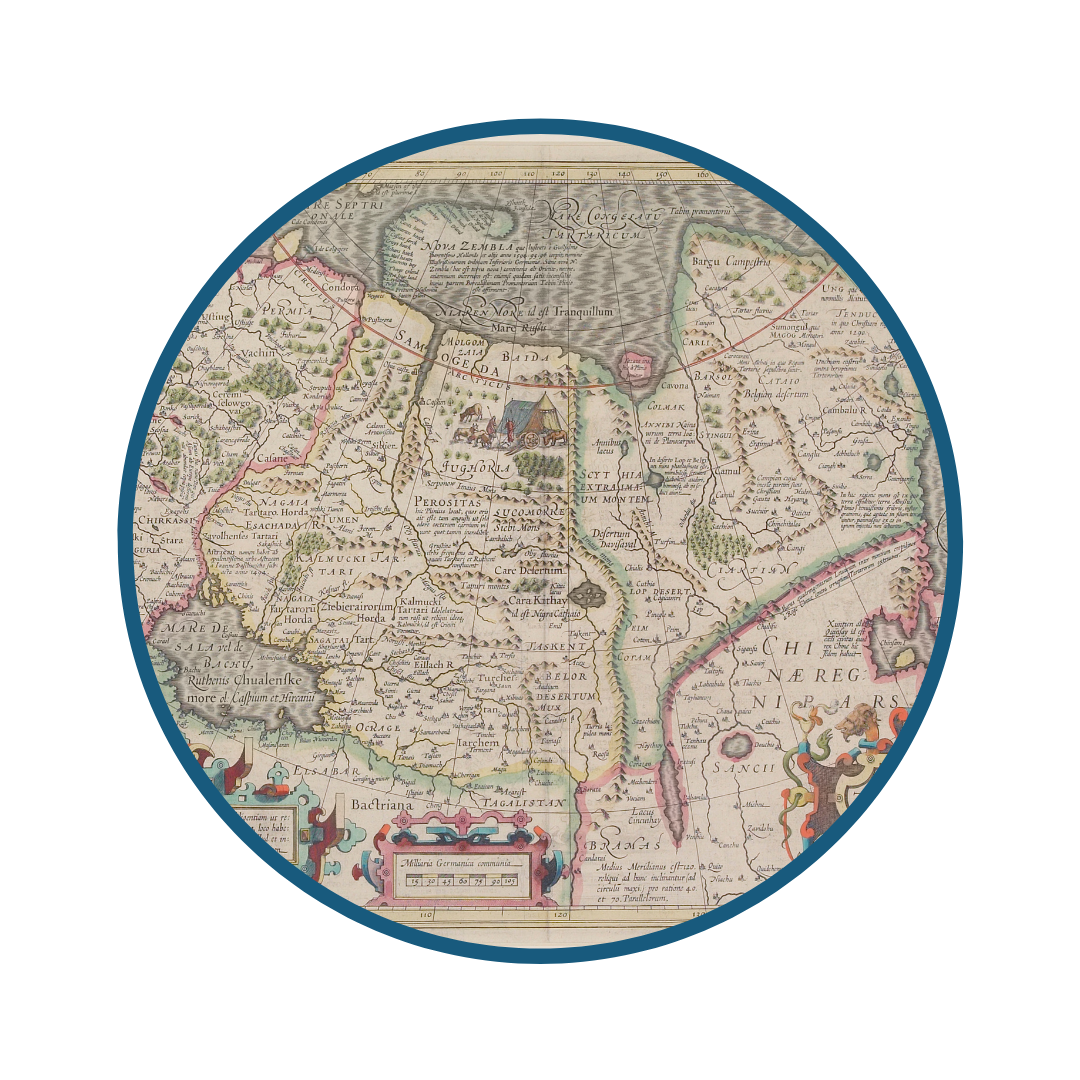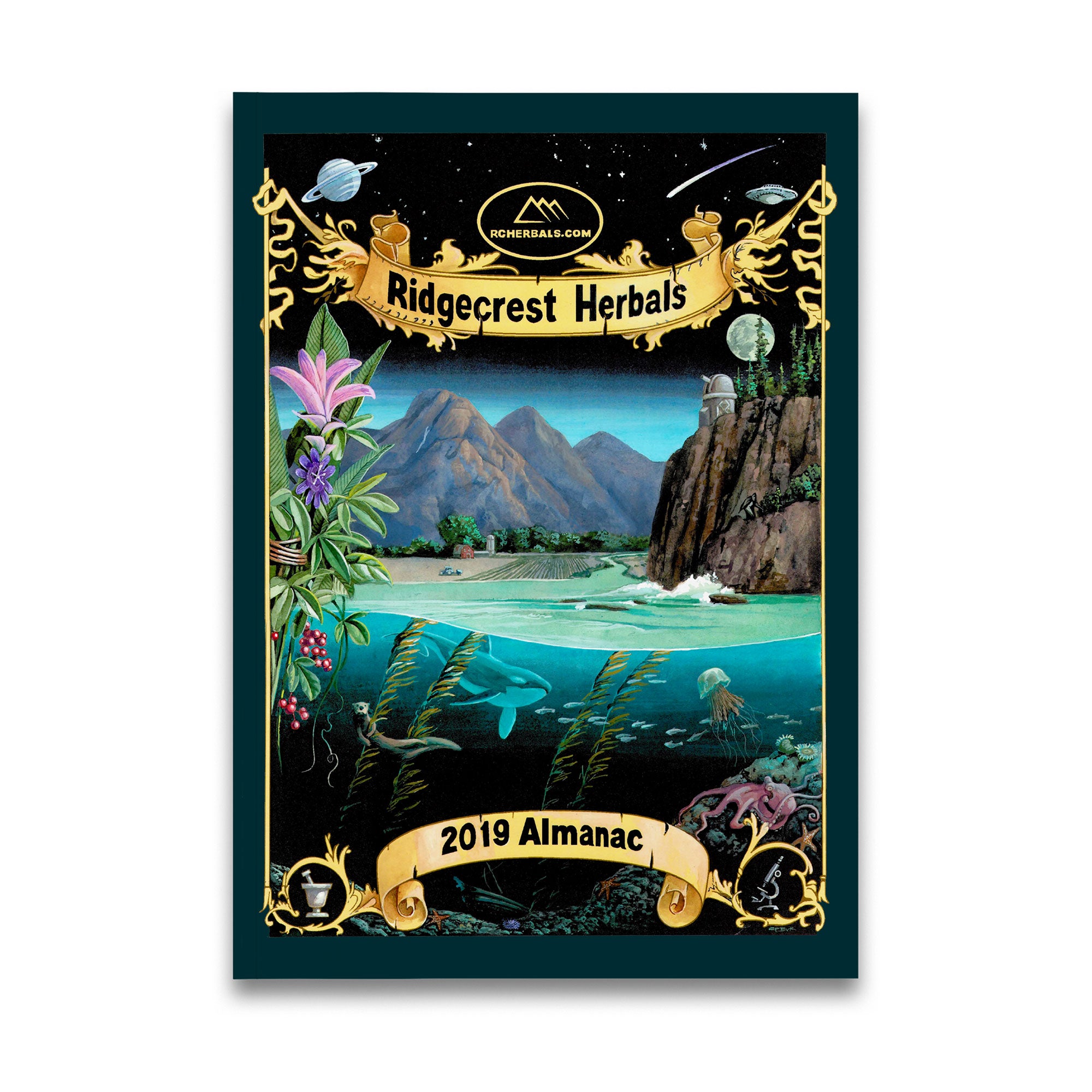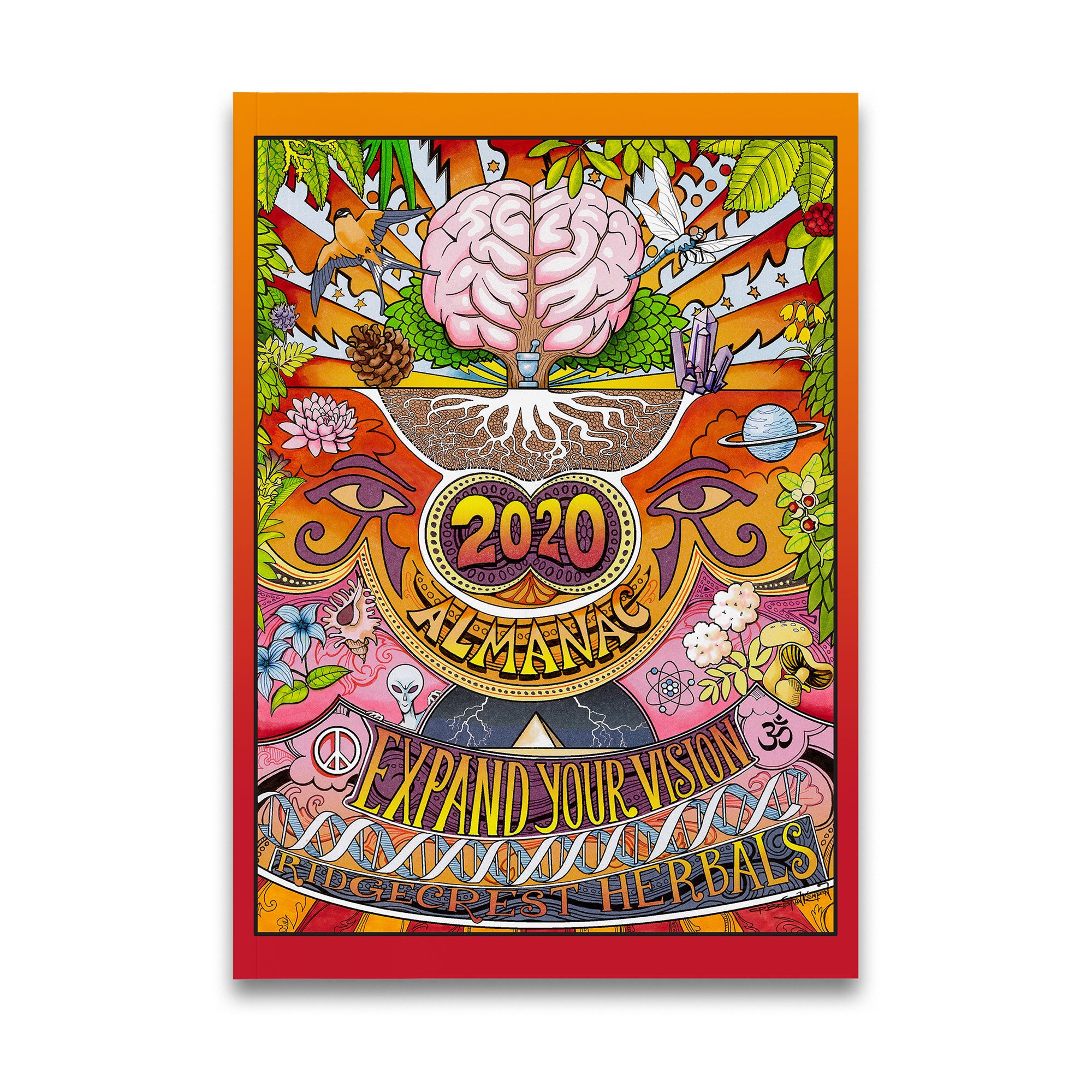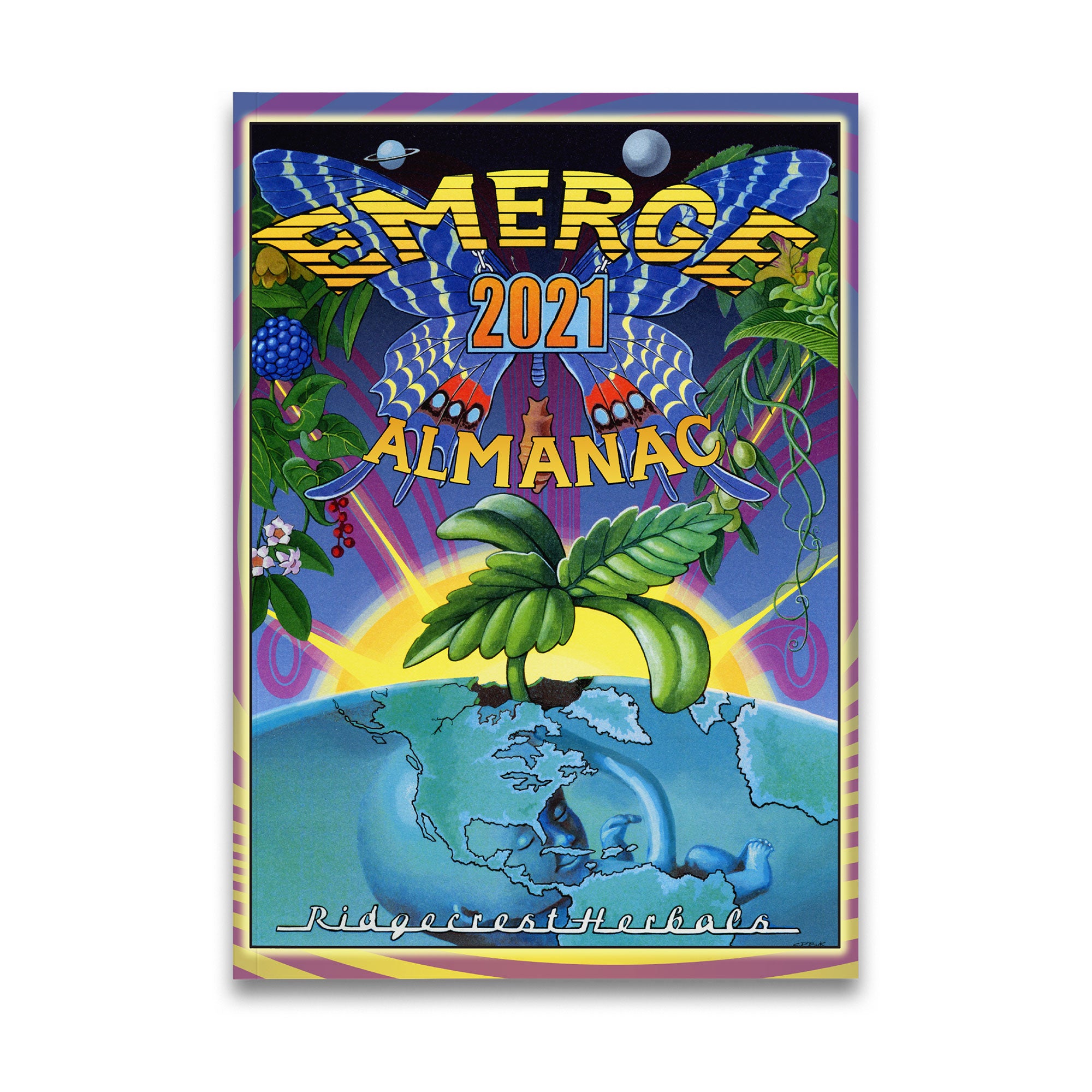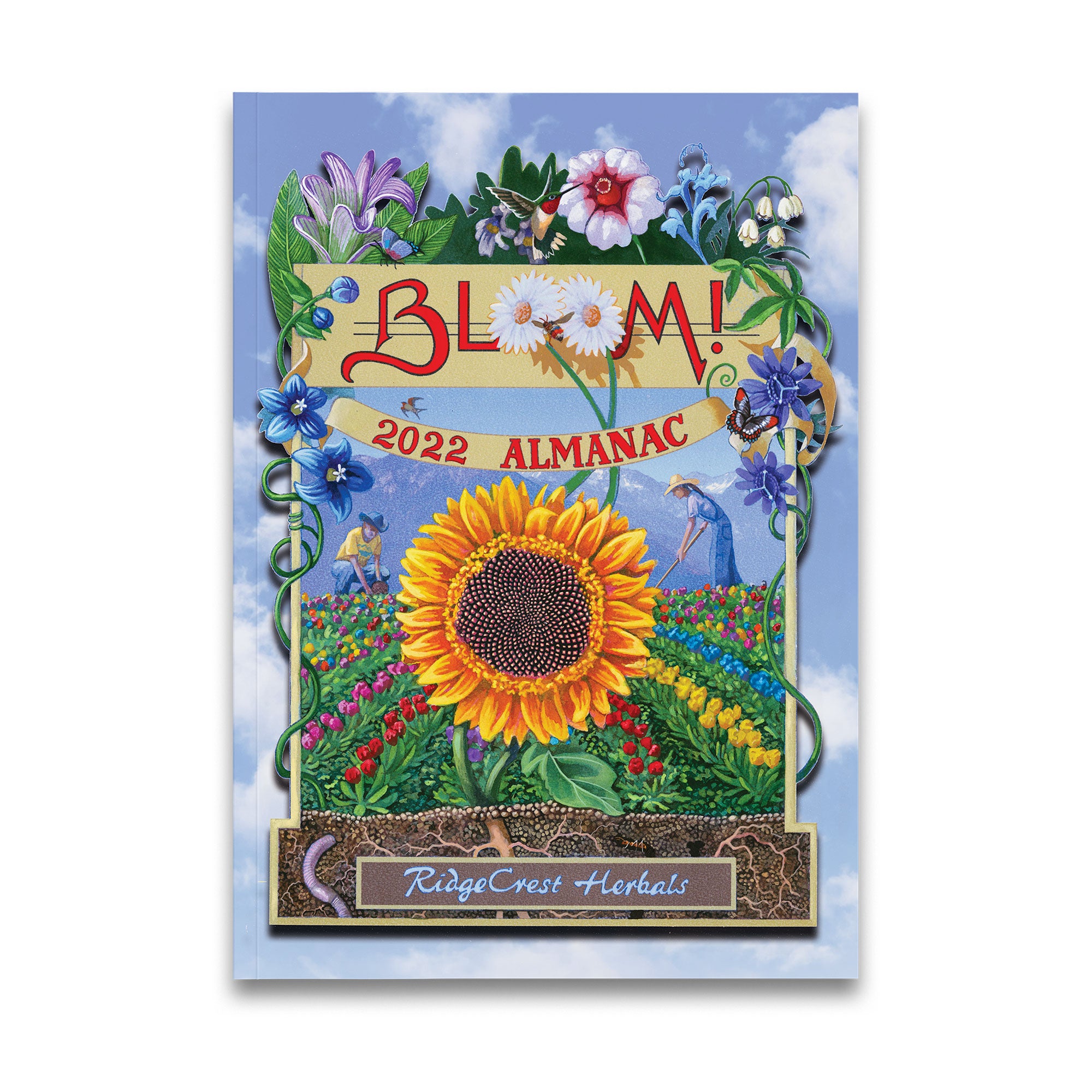History Lost
The great Tartarian empire was likely left out of your history books when you were in high school. Tartary was a blanket term used by European geographers from the 13th to 19th centuries to describe the vast northern territories of Asia. They used the name to describe a large region filled with tall mountains and barren tundras unfamiliar and uninteresting to European explorers. Tartary eventually became divided by what would become the ruling kingdoms of India, Russia, and China.
But what if Tartary was not just a place, but a civilization, a culture, and even a remnant of the past? Why would it have been left out of history?
The Theory
History is written by the victors — and the authors they hire. Modern historians have noticed that until the 18th and 19th centuries, maps included a region called “Tartary” or “Grand Tartary” in the east of Russia, Central Asia, and Siberia. It was referenced in a 1701 geographic publication containing the descriptions of Asia, Africa, and North America as “The country of Tartary.”
An image found in a 1771 edition of the Encyclopedia Britannica shows the country of Grand Tartary extending from the Mediterranean to what could be assumed is the Alaskan coast. Finally, Tartaria is referenced in a 1957 CIA report about the Communist party. The report details how in 1944, the Central Committee of the Communist Party of the Soviet Union ordered the national Tartar Provincial Committee “to proceed with a scientific revision of the history of Tartaria.”
A direct quote from the report reads, “In other words, Tartarian history was to be rewritten, let us be frank, - to be falsified, in order to eliminate references of great Russian aggression against Tartaria and to hide the true outcome of Russian-Tartar relations.” (The Potential for Evidence)
The most notable way we can discern if a culture has been lost to history would be to look for references elsewhere throughout the world. The most obvious would be the remnants of structures and architecture definitive to the Tartarian culture described. With archeology and anthropology learning more and more about our past each day, the evidence is only as strong as the supporting evidence behind it. But I don’t claim to be anything more than an amateur historian, so you will have to decide for yourself.


